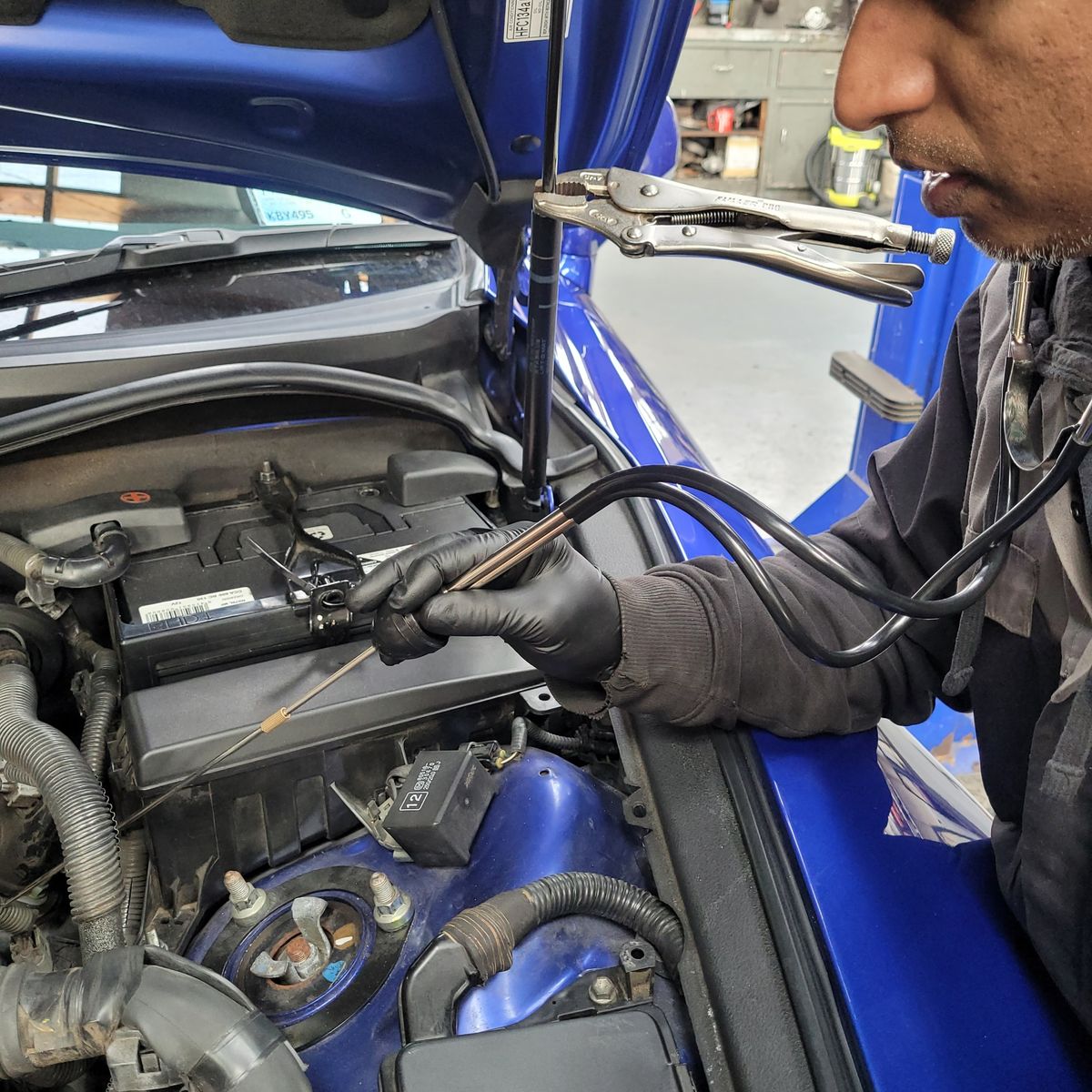10 Ways to Diagnose Car Noises – A Local Mechanic’s Guide
Diagnosing car noises can be a bit of a head-scratcher, eh? But honestly, it’s just part of owning a car around Hamilton. Between city traffic on Tristram Street, the potholes out Te Rapa way, and all those speed bumps heading through Chartwell, most cars are bound to rattle or squeak now and then. Here’s what we see in the workshop almost daily — and how you can spot trouble before it gets worse.
Listen for Engine Knocking
First up, engine knocking — that pinging or knocking sound under the bonnet. Usually, it means something’s not right with the fuel burning in your engine. We’ve had everything from Nissan X-Trails running old fuel to a Peugeot 308 with carbon built up causing this racket. Poor fuel, wrong spark plugs, or sometimes just loads of stop-start school runs in Flagstaff can set this off. Check the fuel, maybe swap the plugs. If you’re stuck, have a look through this knocking and pinging guide.
Recognise Squealing Brakes
Brakes squealing like a stuck pig? Pretty common if you drive through Cambridge or Morrinsville regularly, thanks to all the traffic light stops and grubby roads. Usually, that’s just worn brake pads. Hyundai i30s and Toyota Auris are regulars in here with this one — pads are cheap, but let them go too long and the rotors get chewed up. Stay safe and check them early. Read about common brake issues.
Hear a Humming Wheel Bearing
A humming or whirring sound, especially up around 80k on the expressway to Ngaruawahia — odds are it’s a wheel bearing gone dry. We see this on Suzuki Swifts, Mercedes C-Classes, even the odd Kia Carnival. Not worth mucking about with, as it’ll get worse and can even affect your steering. Let a pro check it out.
Detect Whining in the Transmission
Get a whining noise when you’re shifting, especially on those hilly Hamilton East roads? Automatic or manual — doesn’t matter. Could be low transmission fluid or your transmission internals wearing out. Honda Civics and late-model Mazdas can cop this. Top off your fluid and if the noise stays, book it for a proper check. Understand more about transmission issues.
Rattling Under the Car
If you hear something rattling underneath, especially after hitting a bump on River Road, it’s probably your exhaust. Loose heat shields, brackets or even a dodgy catalytic converter show up all the time on older BMWs and Honda Insights. If they fall off, you’re not passing your next WOF! Discover more about exhaust issues.
Clicking When Turning Corners
Click-click-click as you turn out of a driveway in Hillcrest? That’s classic CV joint. We see this just as much on Subaru Outbacks as on Toyota Estimas. Ignore it and you’ll end up stranded — get those CVs checked out.
Screeching Engine Belts
Pop the bonnet and there’s a screech or squeal when you fire the engine on a chilly foggy morning in Tamahere? Odds are it’s your alternator or drive belt slipping. Seen this loads on Ford Focuses and the odd Renault. Belts are a cheap fix. Full guide on belt noise right here: serpentine belt noise guide.
Grinding Gears
Manual or auto, if you hear grinding going into gear — Mercedes A-Class, Kia Souls, you name it — clutch or gearbox is often the culprit. Don’t leave it, as that gearbox rebuild isn’t cheap! Explore more about clutch and gearbox issues.
Groaning When You Steer
Got a groaning sound as you swing round the roundabout on Peachgrove Road? Probably low power steering fluid, or maybe the pump’s tired. We get this heaps with old Mitsubishi Colts and even some Audi A3s. Check your fluid, and bring it in if it keeps up. Read about power steering issues.
Hissing Under the Bonnet
Hear a weird hissing when idling at Pak’nSave carpark? Could be a vacuum leak — hoses split, usually after a hot dry summer or when you’ve done a few laps around Glenview. Especially common on older Toyota Camrys and Mazda Demios. Get cracked hoses swapped out, or you’ll burn more fuel than you should.
Conclusion
If you’re hearing funny noises, don’t just turn up the radio. Knocking, rattling, or squealing — it all means something’s not happy under the bonnet. Left too long, you’ll only end up with bigger bills later. At Grimmer Motors, we see all the usual NZ car problems — from hybrid repairs to car service Hamilton and WOF Hamilton checks — so we can suss it for you, no dramas.
Why trust us? Our techs know the ins and outs of pretty much every make and model rolling through Waikato streets. We use the latest gear, keep our prices fair, and talk to you straight-up about what your car needs.
Want your car sorted? Pop in or

